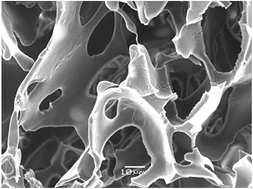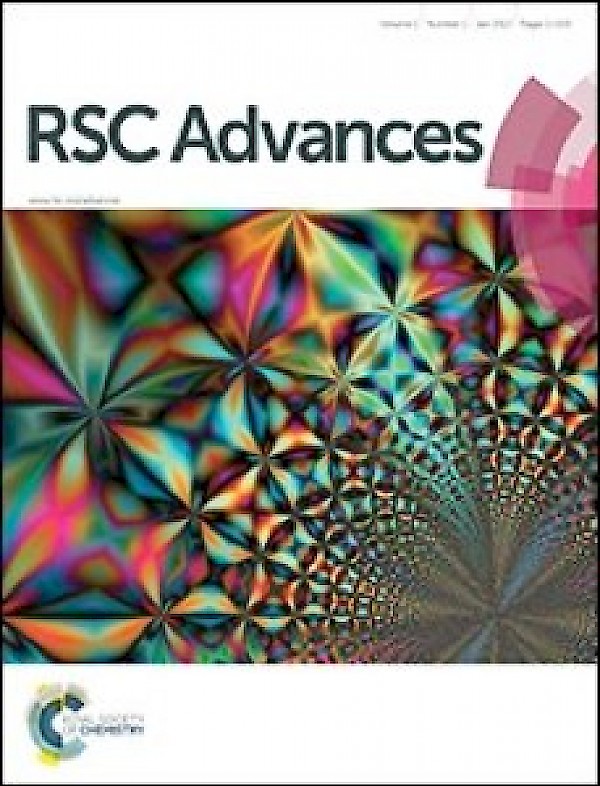News
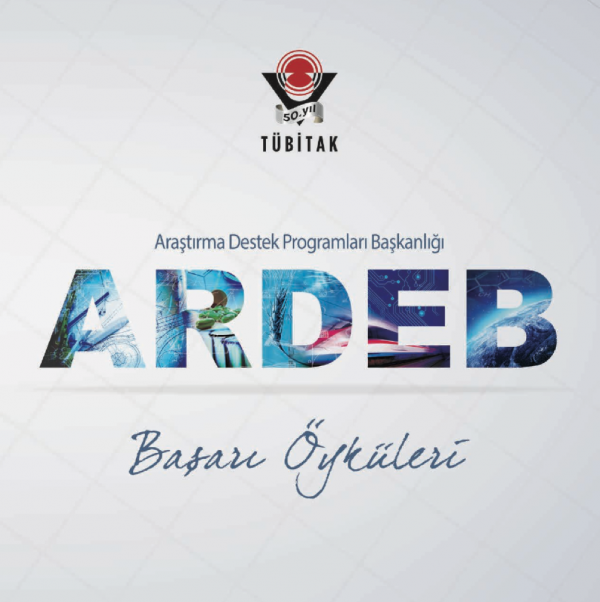
Friday, March 20, 2015
ARDEB Başarı Öyküleri
Talasemi Hasta Kanından Seçimli Olarak Demirin Uzaklaştırılması
Bu projede Talasemi hastalarının tedavisi sırasında oluşan ve organ hasarlarına neden olan demir fazlalığının giderilmesi hedeflenmiştir. Bu amaçla moleküler baskılama tekniğinden faydalanılarak hasta kanından seçimli olarak demir iyonlarının uzaklaştırılması için demir iyonları baskılanmış adsorbentler hazırlanmıştır.
…Read More
Friday, March 20, 2015
ARDEB Başarı Öyküleri
Talasemi Hasta Kanından Seçimli Olarak Demirin Uzaklaştırılması
Read More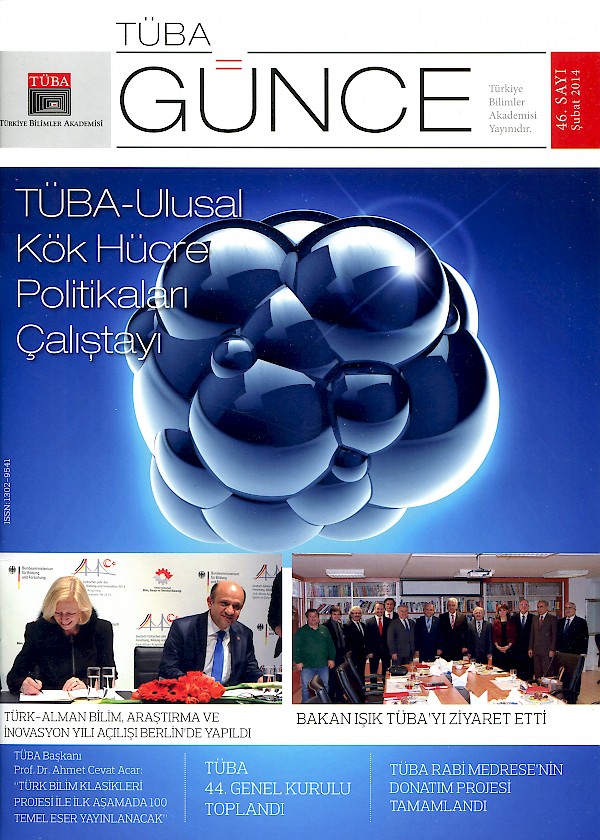
Friday, February 27, 2015
Bilim, Sanayi ve Teknoloji Bakanı Fikri Işık TÜBA’yı Ziyaret Etti
Akademi Başkanı Prof. Dr. Ahmet Cevat Acar’ın açılış konuşmasının ardından Konsey üyeleri Prof. Dr. Meral Beksaç, Prof. Dr. Adil Denizli, Prof. Dr. Ahmet Gül, Prof. Dr. Aydın Gülan, Prof. Dr. Hasan Fahrettin Keleştemur, Prof. Dr. Hasan Tayfun Özçelik, Prof. Dr. Saim Özkar, Prof. Dr. Hüseyin Sarıoğlu, Prof. Dr. Muzaffer Şeker ve Prof. Dr. Ahmet Nuri Yurdusev, Türkiye ve TÜBA açısından bilim, araştırma, eğitim ve yenilikçilik konusundaki görüş ve önerilerini ifade ettiler.
…Read More
Saturday, January 31, 2015
Bilim Söyleşileriyle 1000'den Fazla Öğrenciye Ulaşıldı
12 Kasım’da başlayan ve Altındağ Belediyesi Gençlik Merkezi’ne devam eden öğrencilerin Hacettepe Üniversitesi Tıp Fakültesi Radyasyon Onkolojisi Anabilim Dalı Başkanı Prof. Dr. Gökhan Özyiğit’i büyük ilgiyle dinlediği Bilim ve Teknik dergisi bilim söyleşileri sürüyor.
5 Aralık’ta gerçekleştirdiğimiz bilim söyleşisinin konuğu Prof. Dr. Adil Denizli idi. Prof. Denizli önce Sincan Şair Abdurrahman Karakoç Ortaokulu’ndaki, ardından da Altındağ Belediyesi Gençlik Merkezi’ne devam eden öğrencilere hem kendi hayat öyküsünden örnekler verdi hem de uzmanlık alanlarından biri olan nanoteknoloji ve nanosensörler konusunu anlattı. Prof. Denizli öğrencilere bilimde merak etmenin ve akıl süzgecinden geçmiş hayaller kurmanın önemi vurgulayarak Einstein’ın “hayal gücü bilgiden daha değerlidir” sözünü hatırlattı.
Aralık ayının ikinci bilim söyleşisinde Bilkent Üniversitesi Moleküler Biyoloji ve Genetik Bölümü öğretim üyesi Prof. Dr. Tayfun Özçelik, Ankara Atatürk Lisesi’nde bilimin sanata, sanatın bilime olan etkisini konu alan “Bilim ve Sanat” başlıklı konuşmasıyla konuğumuz oldu. Prof. Özçelik ve ekibi kısa süre önce Parkinson ve esansiyel tremor hastalıklarından sorumlu geni bulmuştu. Kendisi ve araştırma ekibinden Doç. Dr. Ayşe Begüm Tekinay ile bu keşifleriyle ilgili yaptığımız röportaj dergimizin Aralık sayısında “El Titreten Gene Suçüstü” başlığıyla yer almıştı.
…Read More
Saturday, January 31, 2015
Bilim Söyleşileriyle 1000'den Fazla Öğrenciye Ulaşıldı
12 Kasım’da başlayan ve Altındağ Belediyesi Gençlik Merkezi’ne devam eden öğrencilerin Hacettepe Üniversitesi Tıp Fakültesi Radyasyon Onkolojisi Anabilim Dalı Başkanı Prof. Dr. Gökhan Özyiğit’i büyük ilgiyle dinlediği Bilim ve Teknik dergisi bilim söyleşileri sürüyor.
Read More
Tuesday, December 16, 2014
TÜBİTAK Bilim ve Teknik Dergisi Bilim Söyleşileri
TÜBİTAK Bilim ve Teknik Dergisi, "Bilim Söyleşileri" adı altında başlattığı etkinliklerde bilim insanları ile öğrencileri buluşturmaya devam ediyor.
“Bilim Söyleşileri”nin bu ayki konuğu Hacettepe Üniversitesi Öğretim Üyesi Prof. Dr. Adil Denizli olurken, hedefi de Sincan ve Altındağlı öğrenciler oldu.
Sincan Abdurrahim Karakoç Ortaokulu Konferans Salonu ve Ulucanlar Cezaevi Müzesi Yarı Açık Cezaevi Sinema Salonu’nda öğrencilere iki konferans sunan Hacettepe Üniversitesi Öğretim Üyesi Prof. Dr. Adil Denizli, Albert Einstein’in “Hayal gücü bilgiden daha değerlidir” sözünü hatırlatarak, “Bir şeyler ortaya koyabilmeniz ve başarabilmeniz için merak etmeniz lazım. Merak ettikçe daha yukarıya gidiyorsunuz. Üniversitelerin temel görevi de budur. Merak ederken biraz da hayal kurmak lazımdır. Gelecekle ilgili bilimsel hayaller çok önemlidir. Ben öğrenci iken çok meraklıydım. Merak edip okudukça ve aklımdaki sorulara yanıtlar bulmaya çalıştıkça bilime olan ilgim daha da arttı” şeklinde konuştu.
…Read More
Tuesday, December 16, 2014
TÜBİTAK Bilim ve Teknik Dergisi Bilim Söyleşileri
TÜBİTAK Bilim ve Teknik Dergisi, "Bilim Söyleşileri" adı altında başlattığı etkinliklerde bilim insanları ile öğrencileri buluşturmaya devam ediyor.
Read More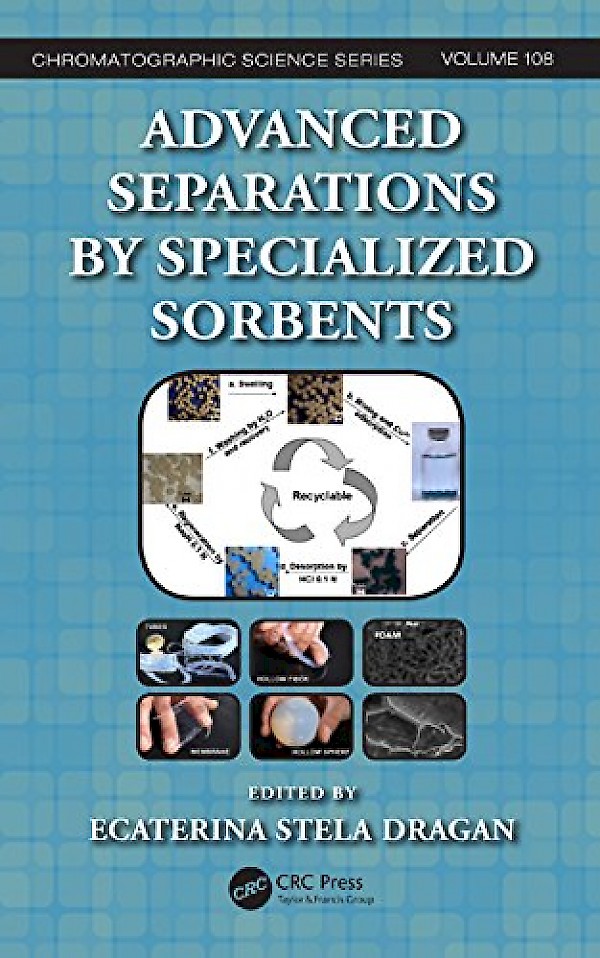
Tuesday, December 16, 2014
Our Chapter in Advanced Separations by Specialized Sorbents
Cryogels for Affinity Chromatography
Nilay Bereli, Deniz Türkmen, Handan Yavuz, Igor Yuri Galaev, and Adil Denizli
Our chapter in Advanced Separations by Specialized Sorbents has been published. Content list as follows.
CONTENTS
2.1 Introduction
2.2 Chromatography of Antibodies Using Macroporous Cryogels
2.2.1 Protein A Affinity Chromatography
2.2.2 Histidine Affinity Chromatography
2.2.3 Thiophilic Affinity Chromatography
2.3 Metal-Chelate Affinity Chromatography Using Macroporous Cryogels
2.4 Dye Affinity Chromatography Using Macroporous Cryogels
2.5 Ion-Exchange Chromatography Using Macroporous Cryogels
2.6 Chromatography of DNA Using Macroporous Cryogels
2.7 Chromatography of Living Cells Using Macroporous Cryogels
2.8 Chromatography of Proteins Using Protein-Imprinted Macroporous Cryogels
2.9 Other Chromatographic Applications Using Macroporous Cryogels
2.10 Conclusions
Abbreviations
References

Tuesday, December 16, 2014
Our Chapter in Advanced Separations by Specialized Sorbents
Cryogels for Affinity Chromatography
Read More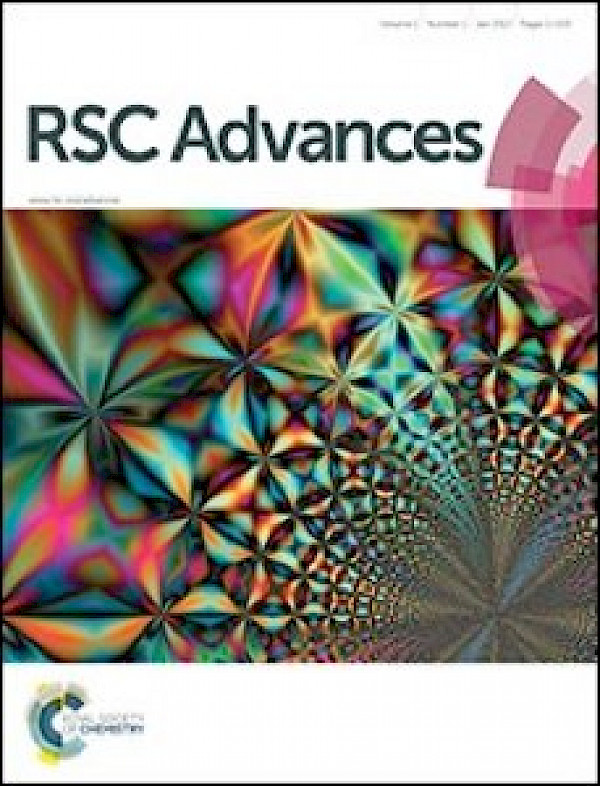
Tuesday, December 16, 2014
New Paper in RSC Advances, Issue 59, 2014
Affinity-recognition-based polymeric cryogels for protein depletion studies
Several affinity-recognition-based polymeric materials have been developed to aid the depletion of highly abundant proteins in serum samples. Among these, cryogels with macroporous structures may be useful in the field of protein depletion. In particular, the requirement to deplete highly abundant proteins prior to proteome investigations makes cryogels attractive for researchers. In the present review, recent developments and applications of affinity-recognition-based polymeric materials and cryogels are reviewed regarding protein depletion.
